Information Technology Reference
In-Depth Information
Destination Address:
This field is 128 bits in length. It indicates the destination
host's IPv6 address.
■
Notice that although the IPv6 address is four times the length of an IPv4 address, the IPv6
header is only twice the length (40 bytes). Optional network layer information is not in-
cluded in the IPv6 header; instead, it is included in separate extended headers. Some ex-
tended headers are the routing header, fragment header, and hop-by-hop options header.
The routing header is used for source routing. The fragment header is included in frag-
mented datagrams to provide information to allow the fragments to be reassembled. The
hop-by-hop extension header is used to support jumbo-grams.
Two impor tant ex tended headers are the Authentic ation Header (AH) and the Enc apsulat-
ing Security Payload (ESP) header. These headers are covered later in the chapter.
RFC 4291 (obsoletes RFC 3513 and RFC 2373) specifies the IPv6 addressing architecture.
IPv6 addresses are 128 bits in length. For display, the IPv6 addresses have eight 16-bit
groups. Each 16-bit group is represented using hexadecimal numbers. (See Appendix C
for a quick rev iew on hexadec imal number s.) The hexadec imal value is
x:x:x:x:x:x:x:x
,
where each
x
represents four hexadecimal digits (16 bits).
An example of a full IPv6 address is 1111111000011010 0100001010111001
0000000000011011 0000000000000000 0000000000000000 0001001011010000
0000000001011011 0000011010110000.
Key
To p i c
The hexadecimal representation of the preceding IPv6 binary number is
FE1A:42B9:001B:0000:0000:12D0:005B:06B0
Groups with a value of 0 can be represented with a single 0. For example, you can also
represent the preceding number as
FE1A:42B9:01B:0:0:12D0:05B:06B0
Yo u c a n r e p r e s e n t m u l t i p l e g r o u p s o f 1 6 - b i t 0 s w i t h : : , w h i c h i s a l l o w e d t o a p p e a r o n l y
once in the number. Also, you do not need to represent leading 0s in a 16-bit group. The
preceding IPv6 address can be further shortened to
FE1A:42B9:1B::12D0:5B:6B0
Tip:
Remember that the fully expanded address has eight blocks and that the double
colon represents only 0s. You can use the double colon only once.
Yo u e x p a n d a c o m p r e s s e d a d d r e s s b y r e v e r s i n g t h e p r o c e s s d e s c r i b e d e a r l i e r : a d d l e a d i n g
0s in groups where they have been omitted, then add 0s represented by ::. For example,
the IPv6 address 2001:4C::50:0:0:741 expands as follows:
2001:004C::0050:0000:0000:0741


